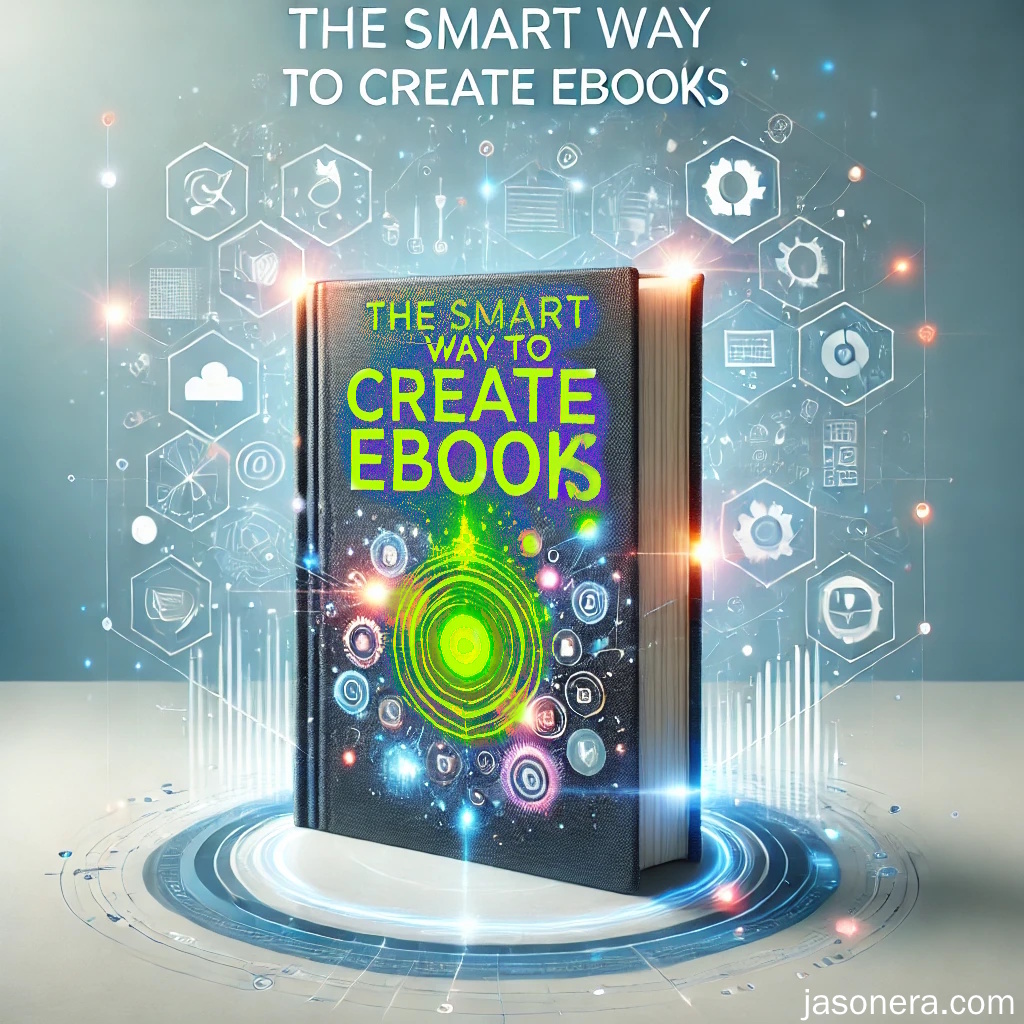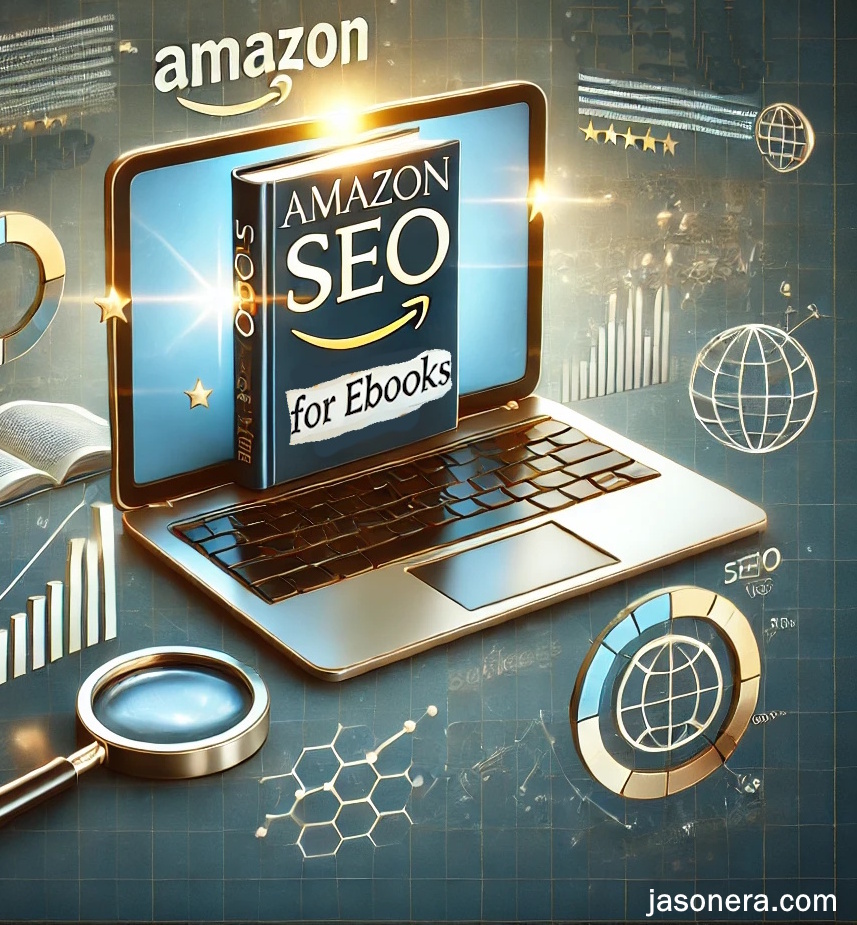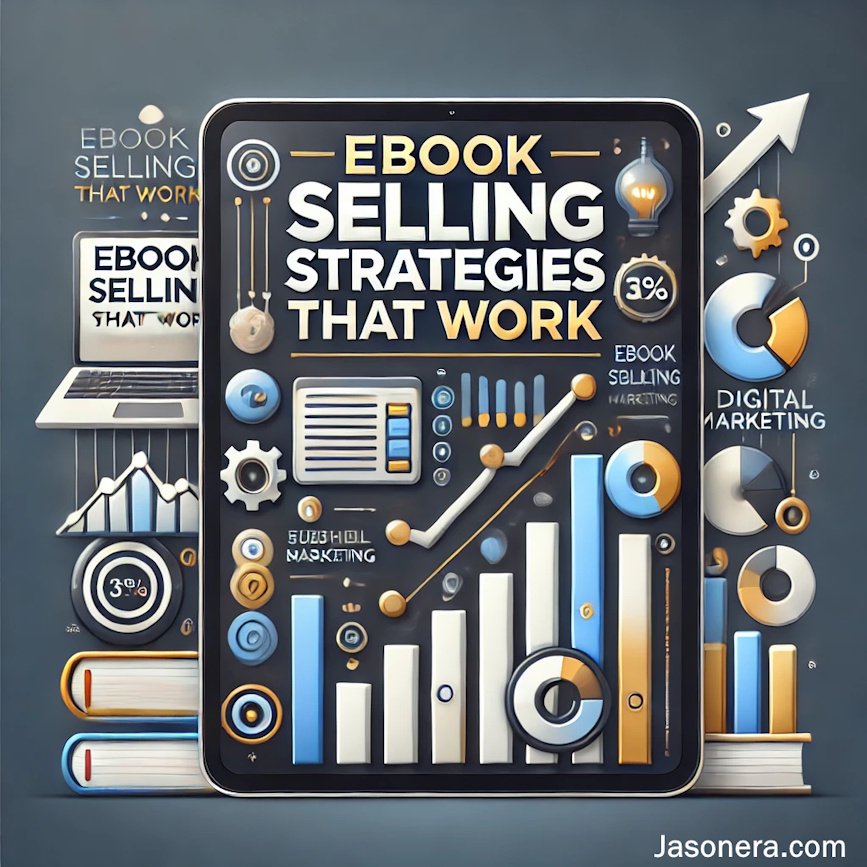2. Building And Selling Digital Products
Metaverse Marketing
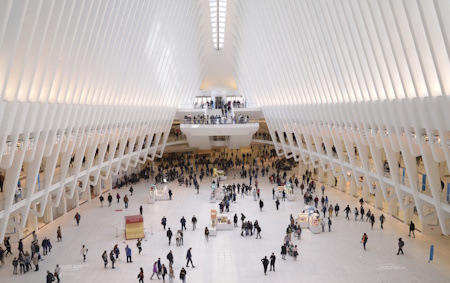
We have jumbled Roblox, virtual goods etc all into Metaverse Marketing (until some other cool keyword comes up :))
We also noticed an article from a top company about how new virtual goods are getting people spending online.
Fun fact. People have been buying virtual good for their characters online for tens of years. This isnt anything new. What is new is the fact that people are buying products online in their virtual universe and having them shipped to their home.
The Metaverse is growing and Metaverse marketing is right behind it. Why? You already have Facebook, Adidas, and Nike. Fornite and Roblox make it easy to play and interact with friends. Fortnite even hosts concerts. People also spend on these platforms.
The usual stats?
- The Metaverse market is projected to reach a value of US$74.4bn in 2024
- This market is expected to grow at an annual growth rate of 37.73%, resulting in a projected market volume of US$507.8bn by 2030
- The metaverse has more than 400 million active users every month
- Virtual art galleries now have a market worth of $2.4 billion, and are still expected to grow
The fundamentals of Metaverse marketing

Blockchain plays a pivotal role in facilitating transactions within the metaverse. Operating as a network of interconnected computers, it establishes a shared database where altering a record becomes highly challenging. The blockchain network diligently ensures the uniformity of all database copies through continuous verification.
Within the metaverse, non-fungible tokens (NFTs) emerge as a transformative virtual asset, contributing significantly to its expansion. NFTs represent intangible digital items, ranging from images and videos to in-game objects. In the metaverse, users can engage in transactions involving the purchase, sale, or upgrade of virtual assets like homes, weapons, and skins within the virtual space. The blockchain serves as a ledger, recording NFT ownership, thereby enabling the trade of the digital assets they embody. Some view these NFTs as cultural collectibles, while others perceive them as valuable investments.
If you are a company selling physical items then you can get people into the brand/ show off the brand by selling and promoting virtually as a "side door marketing" approach- which can be quite effective.
7 ways to start your Metaverse marketing journey
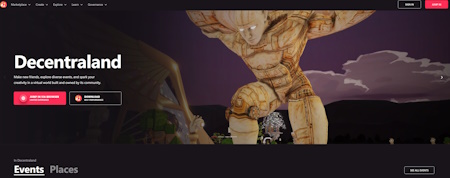
1- Virtual Events and Experiences
Host virtual events, conferences, or product launches within the metaverse. Platforms like Decentraland (a virtual world and a blockchain-based platform that allows users to buy, develop, and sell virtual real estate. Numerous brands have established a presence within Decentraland, hosting events, creating virtual spaces, and engaging with the community- it has now grown to everything virtual), Roblox, and VRChat offer immersive spaces for users to gather. Create interactive and engaging experiences that allow users to explore your brand in a virtual environment. This can include virtual showrooms, product demonstrations, or even virtual reality (VR) experiences.
2. Branded Virtual Spaces
Invest in creating branded virtual spaces within popular metaverse platforms. This could be a dedicated area showcasing your products or services. Customize the space to align with your brand identity and values. Offer virtual experiences that encourage users to spend time in your space, fostering a sense of connection with your brand.
3. NFTs (Non-Fungible Tokens)
Explore
the use of NFTs to represent digital assets or limited edition virtual
items associated with your brand. NFTs can be used for exclusive virtual merchandise, digital art, or even access to special events.
This can create a unique and collectible aspect to your brand within
the metaverse. While not a traditional brand, Beeple, a digital artist
and creator of NFTs, gained significant recognition through the sale of
his digital art pieces as NFTs. This highlights the growing intersection
of digital artists and the metaverse through NFT platforms.
4. Social Media Engagement
Extend your social media presence into the metaverse by creating accounts or spaces within metaverse platforms. Engage with users through interactive content, discussions, and community-building activities. Leverage the social aspects of the metaverse to connect with your audience on a more personal level.
5. In-Game Advertising
Partner with popular metaverse games to incorporate in-game advertising for your brand. This could involve branded items, sponsored events, or in-game promotions. Ensure that your advertising aligns with the gaming experience and adds value to the user rather than being intrusive. Authentic integration can enhance the user experience and positively impact brand perception.
6. Collaborations and Partnerships
Explore collaborations with influencers, content creators, or other brands within the metaverse. Partnerships can help amplify your reach and tap into existing communities. Engage in joint ventures to create unique virtual experiences, events, or products that blend the strengths of multiple brands, making it mutually beneficial for both parties.
7. Educational Content and Workshops
Position your brand as an authority within the metaverse by offering educational content and workshops. This could include tutorials, webinars, or immersive learning experiences related to your industry or products. Provide valuable information that helps users navigate and make the most of the metaverse, establishing your brand as a resource and building trust with the community.
Most of these are simply what we are doing already (like online seminars), but if our audience is there, then going deeper into the Metaverse is probably a good idea. Look at Decentraland and their events:
- MoBeatz
- Poker Cash Game
- House Of Rap Podcast
- Golf competition
Where people can gather and enjoy, that is the Metaverse.
For example. Roblox Marketing (works wonders with Influencers)
Roblox marketing is nothing from Roblox- Roblox is a platform that allows people to create.
What people have been noticing are the various stats for the platform...and what it is generating for creators:
- Roblox has 70.2 million daily active users and 214 million monthly active users as of Q3 2023.
- 42.3% of Roblox users are under the age of 13.
- 51% of Roblox’s users are males and 44% are females.
- Roblox has 9.5 million developers and has earned $518.6 million in 2023.
Roblox marketing through Avatars
Apart from game creation (which can be hugely profitable- but also, you need to keep on inventing your game to keep people interested. Coding is helpful here once you get a basic game up and going). Avatars can also be very profitable in the long run.
An Avatar is your online self, what you look like. It can be borderline infinitely adjusted daily/ weekly/ yearly.
It is also easy to do in Roblox studio, you just have to follow the tutorials, tutorials from creators and you can create one yourself. You can aso get people to make them for you. One Youtube Roblox player created a Roblox version of their Youtube persona. 165k views and still growing. Do you think that people will also buy that Avatar because they are you fan? Yep, they do.
According to Beautymatters Gen Z care about their appearance, like most people, but they are also caring about their Avatar appearance to a great deal. Here are the stats:
- 54% are very or extremely inspired by what their avatar and other avatars wear.
- 62% say they care a lot that their avatar looks good to them, compared to 37% who say they care a lot that it looks good to others.
- 47% say the Avatar made them feel creative, 45% happy, 42% stylish, 42% unique, 38% confident, and 37% cool.
- 40% feel it's easier to present their authentic selves in the metaverse than in the physical world.
- 84% say they are somewhat likely to consider purchasing a brand in real life if they see it on Roblox, and 54% say they are extremely likely to.
- 52% say they're comfortable budgeting up to $10 each month to spend on their avatar's appearance,19% are willing to spend up to $20 monthly, and an additional 18% are open to buying $50 to $100 of items every month.
- 36% want rare, digital-only items that don't yet exist in the real world.
- 30% like big, recognizable branding, patterns, and logos for their avatars.
Now buying digital items online is nothing new (WreckItRalph2 even commented on this). But the trend has not slowed down and it is a hungry market.
Price?
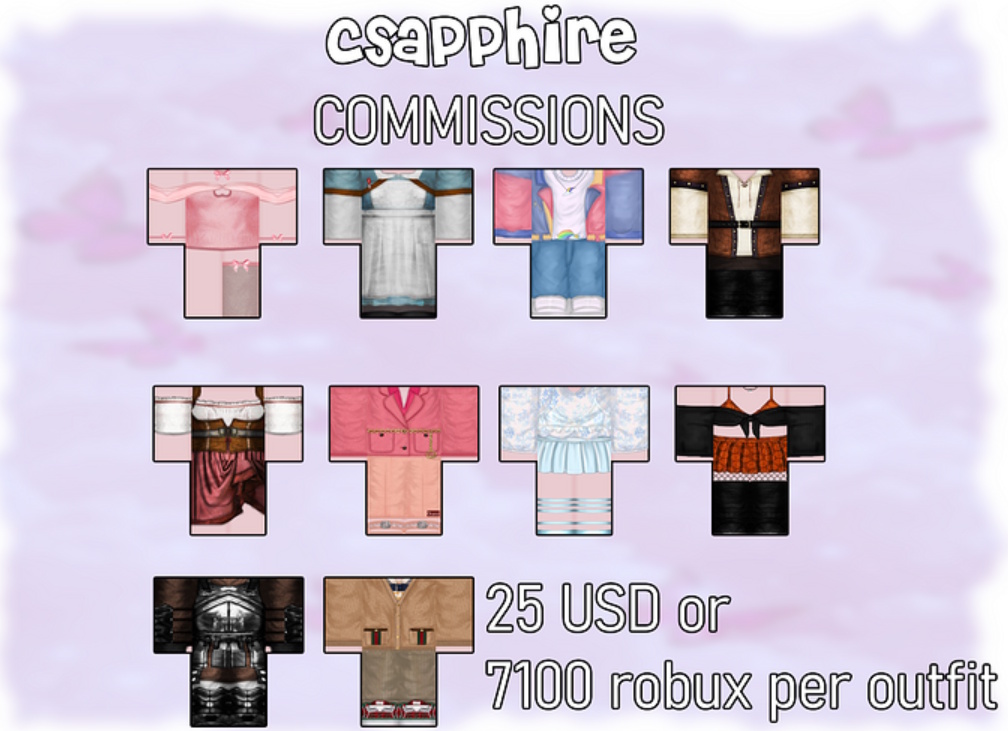
Now you cant just create something and then sell it. You have to get permission through Roblox but then you place them on the marketplace- making sure you check Roblox rules and then start selling (you also need to convert Roblux to normal money through Roblox).
A lot of items are really low in price- 1-10 Robux for an item. But you can increase this:
- sell multiple items. More times, the more chance something will sell
- it needs to be good and detailed
- trends are abound online. Sloths and Foxes were some of the trends and those items just went flying off shelves
- items in a group is very helpful- so t-shirt, pants, hair, hair accessories, back items
- if you have a group already interested in you, you have a group to market and to bounce ideas off. If you item therefore is high selling then it goes closer to the top of the charts where it can sell more
- if you are already designing clothes/ items and have a group then your sponsor can also join in and you can create something for them
- limited runs of items are more sought after
Think we are joking here?
Some fashion designers are also making garments (virtual) for Roblox and these are going for $10-30 each (can't find the following quote reference):
cSapphire is heralded as something of a virtual apparel-designing doyenne — and it’s evident by the popularity of her designs (her best-selling outfit to date is an early creation: a gray hoodie with a black bandeau that has seen about 600,000 sales).
This Virtual Goods? How It Can Be A Goldmine Yet Increase Trust And Brand Awareness

At the core of the virtual goods phenomenon is the concept of enhanced user engagement. Users are drawn to the idea of personalizing their digital experiences, whether in a game, social media platform, or virtual reality environment. Virtual goods provide a means for users to express themselves, stand out, and differentiate their online presence.
In gaming, the appeal of virtual goods goes beyond aesthetics; it often influences gameplay and progression. Players are willing to invest in virtual items that offer a competitive edge, showcase their achievements, or simply enhance the overall gaming experience.
It can also bring together community to a brand.
When Nike went into the Virtual goods arena people chuckled. But within 5 months Nike gathered 6.7 million people to its virtual store (Nikeland) on Roblox. Then, according to Cryptonomist:
"To attract more visitors, during NBA All-Star Week, Nike reportedly invited LeBron James. The NBA star trained and engaged with players in Nikeland, and participants were rewarded for physical play with the chance to unlock virtual products".
And it is small items, intangible items like clothing, swords, upgrades, virtual currency, helping NPCs all the way to virtual experiences and concerts that are paving the way for brands, fans, and small one person businesses to pop up and to make a lot of money.
How much for virtual goods?
The global virtual goods market is projected to reach staggering figures, with estimates surpassing $300 billion by 2025.
One of the primary drivers of revenue in the virtual goods market is the gaming industry. In-game purchases, such as cosmetic items, character enhancements, and virtual currencies, have become a staple for many popular games. This "freemium" model, where the initial game is free to play but additional virtual goods are available for purchase, has proven to be a lucrative strategy for game developers.
Remember these games?
- Farmville- made $232 million in the year that it came out
- Angry Birds? $500 million since its inception
- PUBG- 100 million players
- Minecraft- 95 million players
- Call Of Duty Mobile- 15 million players
- Poekmon (video game)- $88 billion
- Call Of Duty- $31 billion
- Candy Crush- $20 billion
Most of those games are free. Fortnite? $9 billion. It also has live events where people tune in to watch the end of one season and the start of another season of Fortnite. One of the largest crowds was 15.9 people consecutively watching.
To put this into comparison, where people have said something is a hit if it plays there, or watched by people:
- Maddison Square Gardens US: 19,500 capacity
- Narendra Modi Stadium in India: 132,000
- Michael Jackson talks to Oprah- 63 million
Online virtual goods and experiences are booming and it is only trending up. And the side industries are also booming, including Twitch and Youtube videos- making some creators a good sum of money :) Including:
- VanossGaming: 23.9 million subscribers (roughly $15k- 250k/month)
- Markiplier: 30 million subscribers ($100- 150k/month)
- Jacksepticeye: 30.5 million subscribers (50k/month)
- PewDiePie- $40 million per year
- Ninja- $25 million/ year
It is also user engagement:
- In 2021, Facebook's parent company, Meta, reported that their virtual reality social platform, Horizon Workrooms, saw a significant uptick in user engagement, with users spending real money on virtual goods to enhance their virtual meeting experiences.
- In 2020, luxury fashion brand Gucci collaborated with popular gaming platform Roblox to release a limited edition virtual accessory for players to purchase and showcase in the game
Check out Jasonera updates here
More sales strategies can be found here.
About. Updates. Disclaimer. Privacy. Mission/ Vision. FAQ. Newsletter.
Copyright © 2024- Jasonera.com All rights reserved






